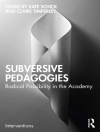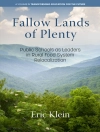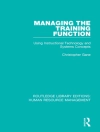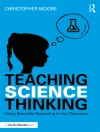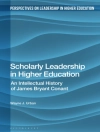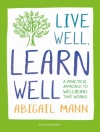Engage your students in scientific thinking across disciplines! Did you know that scientists spend more than half of their time reading and writing? Students who are science literate can analyze, present, and defend data – both orally and in writing. The updated edition of this bestseller offers strategies to link the new science standards with literacy expectations and specific ideas you can put to work right away. Features include: A discussion of how to use science to develop essential 21st century skills Instructional routines that help students become better writers Useful strategies for using complex scientific texts in the classroom Tools to monitor student progress through formative assessment When students are curious, they thrive. Give your students the strong base they need to create and share scientific ideas that have an impact in the classroom and beyond. "This is a teacher-friendly book that drew me in from the introduction to the end. Through real-life scenarios combined with useful methods for instruction, it illustrates how science teachers can use language as a tool for teaching science." -Trina Allen, Science Content Specialist Measurement Incorporated "An eminently readable guide for the novice and experienced teacher. The many practical ideas in this volume demonstrate that improving students’ skills in reading and writing can also improve their understanding and ability in science." – Cary Sneider, Associate Research Professor Portland State University, Portland, OR
Douglas Fisher & Maria C. Grant
Reading and Writing in Science [EPUB ebook]
Tools to Develop Disciplinary Literacy
Reading and Writing in Science [EPUB ebook]
Tools to Develop Disciplinary Literacy
قم بشراء هذا الكتاب الإلكتروني واحصل على كتاب آخر مجانًا!
لغة الإنجليزية ● شكل EPUB ● صفحات 192 ● ISBN 9781483353555 ● الناشر SAGE Publications ● نشرت 2015 ● للتحميل 3 مرات ● دقة EUR ● هوية شخصية 8218176 ● حماية النسخ Adobe DRM
يتطلب قارئ الكتاب الاليكتروني قادرة DRM


